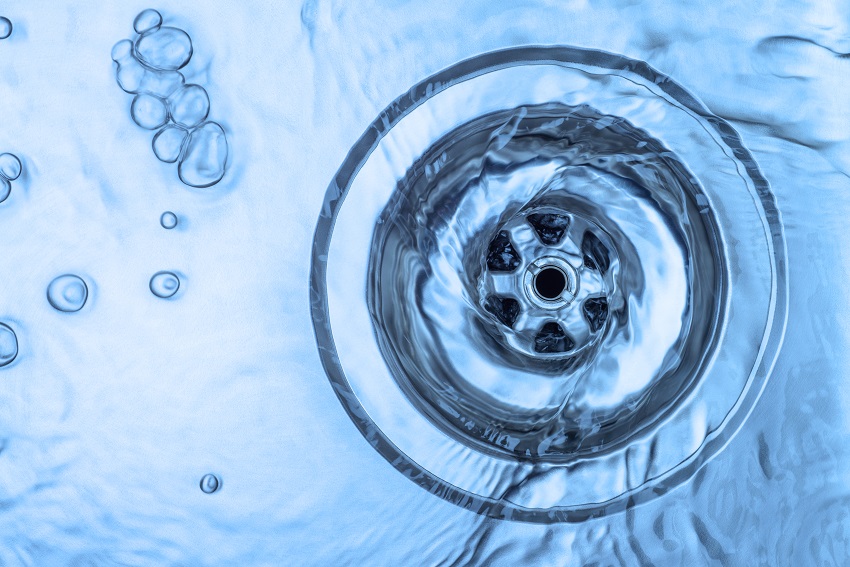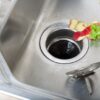Category: Drain Cleaning

Summer Plumbing Preparation Tips
Warmer weather and longer days are finally upon us here in Minnesota. As we make the official transition to summer, it’s important to make sure our plumbing is as ready for the season as we are. Use these summer plumbing preparation tips to help protect your home from major problems down the road.
Summer Plumbing Preparation Checklist
- Test outdoor faucets and hose bibs (spigots). If any of them drip or you notice leakage inside the home the first time the hose is turned on, there may be a pipe that froze in the winter, cracked when it thawed, and needs to be replaced.
- Clear debris from yard drains and gutters/downspouts. Pine needles, leaves, and other debris can build up in these systems over the long Minnesota winters. Be sure rain and wastewater can flow freely away from the house to prevent leaks and backups that can cause water damage.
- Remove obstructions from sprinkler system. Clogged sprinkler heads can lead to increased water pressure and potentially burst the system’s water main. Clear any blockages now, and remember to check for dirt, grass clippings, and other obstructions throughout the season.
- Make sure your sump pump is clean and working properly. Dump a bucket of water into the sump pit to see that it activates, safely removes the water, and shuts off without issue. Make sure the line is clear of debris and consult the owner’s manual for cleaning. Contact your local plumber if you detect any issues to prevent potential flooding.
- Check toilets for damage and operation issues. Thoroughly inspect the bowl and tank for cracks/leaks that need to be fixed. Make sure toilets flush properly – if the handle needs to be held down for a thorough flush or frequently runs after flushing, you may need to replace worn tank parts. Make these inexpensive fixes now to prevent costly repairs or replacements later on.
- Inspect faucets for drips or leaks. They may seem small, but the extra (and unnecessary) water use will add onto your bill. Identifying these simple repairs early on can also help prevent more expensive issues in the future.
- Check exposed and exterior water pipes. Piping located in basements, below sinks, outdoors, and in your exterior walls are more susceptible to freezing in the winter. Make sure they’re free of cracks and leaks.
- Test your home’s water pressure. Make note of the water pressure when you take showers or use a sink. If it’s low, there could be a leak somewhere in your system that should be addressed by a plumbing professional.
- Schedule professional drain testing/cleaning. Clogged drains can lead to backups and other major issues, so plan ahead. We recommend homeowners have their drains tested and cleaned every two years, or sooner should they notice a problem.
- Pour a gallon of water into infrequently used drains (including floor). This will fill the trap and prevent odors from entering the home, and also let you see if the drains are slow and need to be snaked or cleaned to ensure proper draining in the event of a flood.
- Check your water heater. Make sure the temperature is no higher than 120 degrees to reduce energy use and prevent scalding water. Drain several gallons of water to flush harmful, corrosive sediment from the unit. If you notice any signs of corrosion or leaks (i.e. puddles on the floor, rust or soot by the control panel) and/or your unit is 15 years or older, consider replacing your water heater.
- Turn the main water valve off and on. Left untouched, the valve can become difficult to turn over time. Simply close and reopen the valve to prevent its parts from sticking in place in case you ever need to shut off the supply.
While it’s impossible to guarantee you will never face plumbing issues as a homeowner, being vigilant and understanding what to look for can greatly reduce the risks. Use these summer plumbing preparation tips to help keep your home safe while you and your family enjoy the season. From inspections and installations to emergency repairs and replacements, you can rely on the master plumbers at Robillard Plumbing for all your plumbing service and product needs. Contact us to learn more.
Read More
Tips to Prevent Drain Issues
You probably don’t think too much about your home’s drain system – until it stops working. Most homeowners have neither the time nor the patience for these situations. Fortunately, we can offer some tips to help prevent drain issues before they happen.
Bathroom
Believe it or not, the bathroom is likely the most important room in your home. Everyone uses the bathroom. Between the sink, shower, tub, and toilet, the bathroom is also a place where clogs can run rampant – unless you’re careful.
- Cover drains with a mesh screen to catch and minimize the amount of hair and soap scum being washed down.
- Instead of chemical cleaners that can damage pipes and your pocketbook, try using a homemade drain cleaner.
- Don’t use your toilet as a trash bin. Only flush waste and toilet paper.
- Pour boiling water down each drain once a week to loosen and wash away any buildup.
- On occasion, a plumber should snake the drains. Keeping pipes maintained and clear will keep them from becoming fully clogged.
Kitchen
The kitchen is another important room, because it’s the hub for your family’s everyday life. This room is a haven for food preparation, problem solving, gathering, and socializing. And, like the bathroom, the kitchen is not immune to clogging. Here’s what you can do to prevent drain issues in the kitchen:
- Try not to put food down the kitchen sink. Scrape excess food from plates into the trash before washing dishes and use a strainer to catch food before it goes down the drain.
- Throw food and coffee grounds in the garbage or compost pile.
- Even if you have a garbage disposal, avoid putting things like banana peels, eggshells, and potato skins down the drain. They are more likely to stick to the inside of the pipes or get trapped in the disposal blades and lead to clogs.
- Properly dispose of cooking grease. Instead of washing it down the drain, save it in a cardboard milk container or a coffee can. Then, throw it in the trash.
- Once a week, pour boiling water down the drain. This will soften up and flush away any built-up grease inside the pipes.
Laundry Room
If your washing machine drains into a laundry tub, that drain is an easy target for clogs. To prevent this from happening, attach a mesh lint trap to the end of the washing machine discharge hose. You can also use pantyhose. These handy devices will collect lint and keep it from blocking your laundry tub drain. Just remember to periodically replace the trap.
Be careful with what you put through the pipes in your home to help prevent drain issues before they happen. To keep your drains in proper working order or if you’re in hot water with a tough clog, contact the full-service drain cleaning experts at Robillard Plumbing. We can tackle the issue and get your home’s plumbing back on track.
Read More


